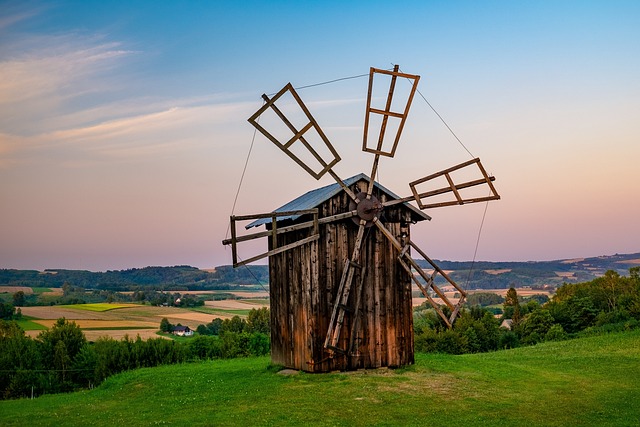Tag: Europe
-
Netherlands Facts for Kids | Second Largest Exporter of Foods
The Netherlands is a small yet thickly populated country of Western Europe. In the Caribbean Sea, there are three islands that also form part of this country i.e. islands of Saba, Sint Eustatius and Bonaire. The literal meaning of the word ‘Netherlands’ is ‘lower countries’. It is because of the lowland features of this country.…
Written by
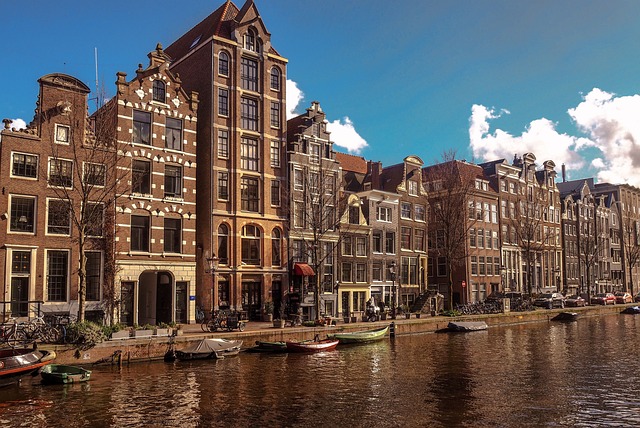
-
Czech Republic Facts for Kids | Popular Beer-making Country
It is a landlocked country of Central Europe. It shares borders with Slovakia, Germany, Poland and Austria. The three historical regions of Czech Republic are known as Czech Lands and include Bohemia, Moravia and Czech Silesia. The name of this country comes from the Slavic tribe of Czechs known as Čechové. On 1 January 1993,…
Written by
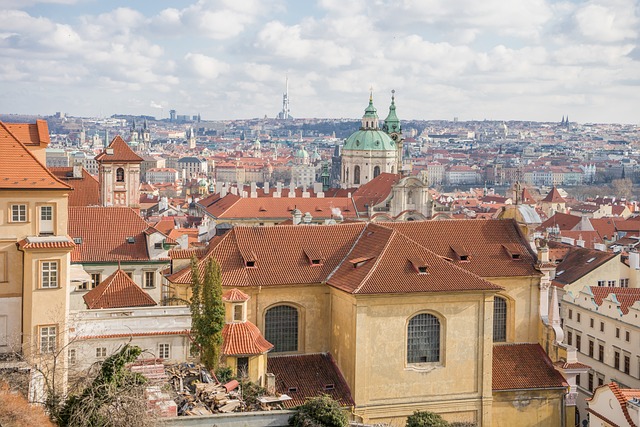
-
River Thames Facts – The Longest River in England
River Thames is the longest river in England and the second longest river in the United Kingdom with a length of about 215 miles. It flows through southern England, starting from Gloucestershire Cotswolds to North Sea. It passes through eight English counties and flow alongside some of the major towns and cities such as Oxford, Richmond, Kingston upon…
Written by
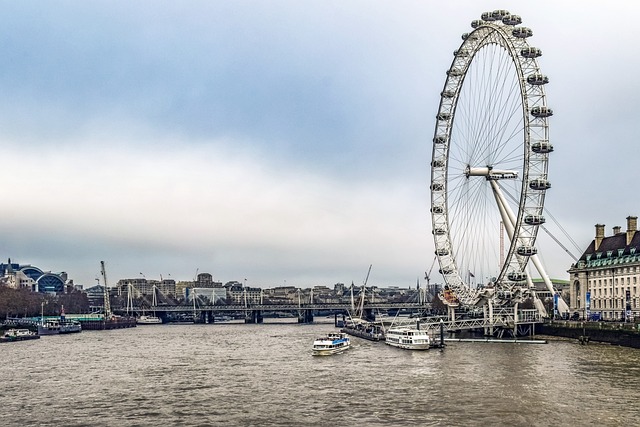
-
Iceland Facts for Kids | Second Largest Island of Europe
Located between the Arctic ocean and the North Atlantic ocean, Iceland is essentially a Nordic island country. Nordic are those countries of North Atlantic and Northern Europe that are geographically and culturally linked to each other. Apart from Iceland, the other two Nordic countries are Finland and Scandinavia. The population of this country is spread…
Written by
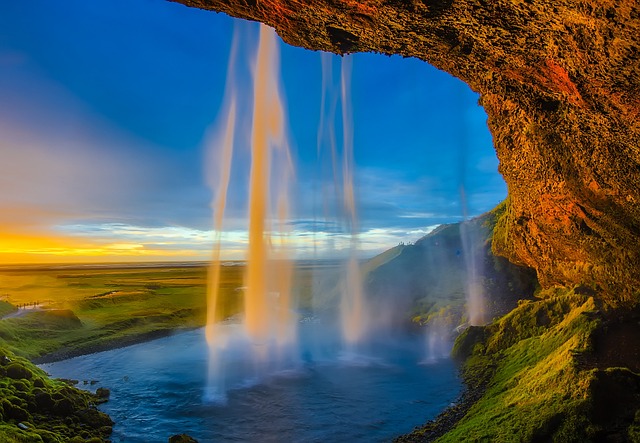
-
Athens Facts for Kids | The Glorious City
Athens is the capital city of Greece. It comprises the major Attica region (administrative region) of Greece. It is also the country’s largest city but what’s more appealing about it is its history, which spans over 3,400 years and makes it among one of the oldest cities of the world. Athens is famous in the…
Written by
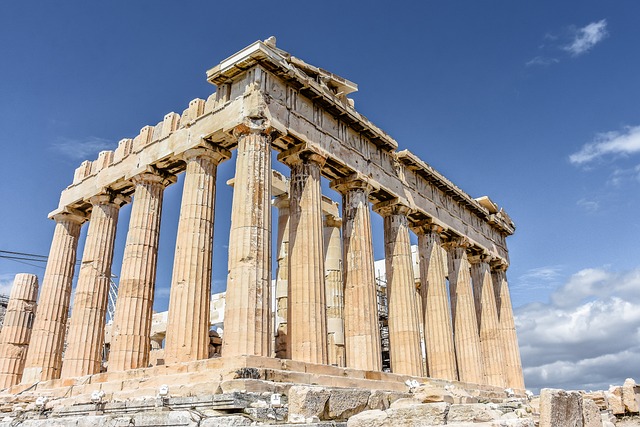
-
Cyprus Facts for Kids | Popular Island of Mediterranean
Cyprus is an island country. It is located off the seashores of Turkey and Syria and at the eastern region of the Mediterranean Sea. Cyprus is one of the three leading countries of European Union that spends most on education as a percentage of GDP i.e. 7% of GDP. The first two countries are Denmark…
Written by
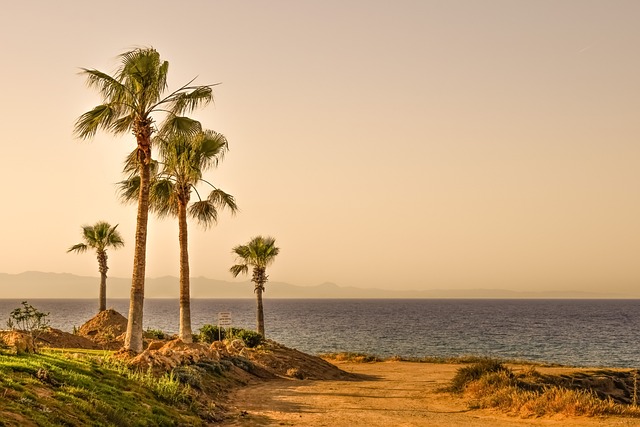
-
Belgium Facts for Kids | Home of Chocolates
Belgium is widely known for its chocolates, waffles and beer all over the world. Not only this, French fries were made for the first time in Belgium. As for its size and population, it is a small yet heavily populated country of Western Europe. Belgium is also one of the Low Countries i.e. countries located…
Written by
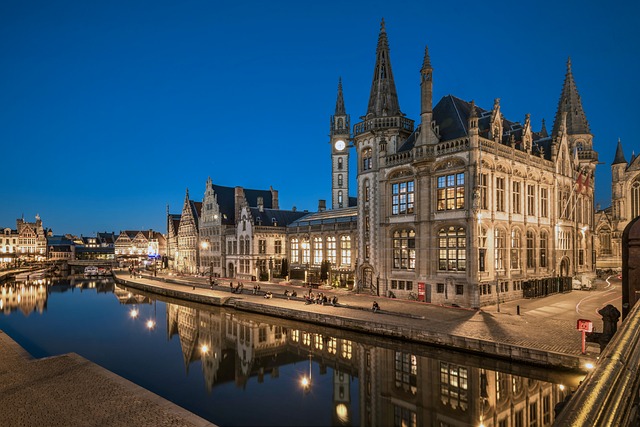
-
Austria Facts for Kids | Mountainous Terrain
The word Austria is derived from the German word Österreich, which means ‘eastern relm’. It was recorded for the first time in the 12th century. Located in central Europe, Austria is a landlocked country. The region is situated within the most extensive mountain range of Europe known as the Alps. That is why territory of…
Written by
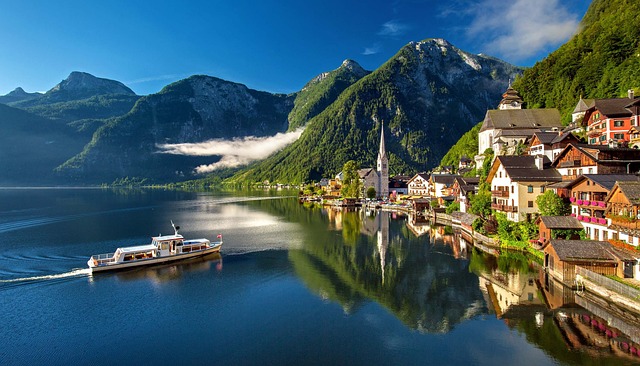
-
Switzerland Facts For Kids | Wealthiest Country Of Europe
It is a landlocked country and has a temperate climate. The economy of Switzerland is one of the most stable economies around the world. Switzerland has had no military conflict with any other country. It has largely adopted a policy of being a ‘neutral’ nation even in two world wars which is why its ground forces…
Written by
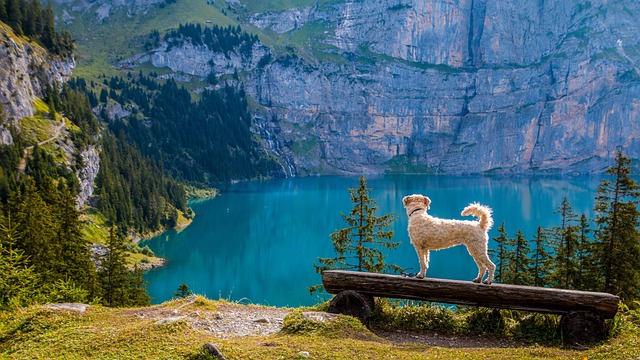
-
Poland Facts For Kids | Land of the Fields
Poland is the 9th largest in Europe by area. It shares its borders with Germany in the west; Ukraine to the east; Czech Republic to the south; while the northern side is almost entirely dominated by the Baltic Sea coast. The country lies at the very heart of Europe. Poland has Sudetic and Carpathian mountain…
Written by
